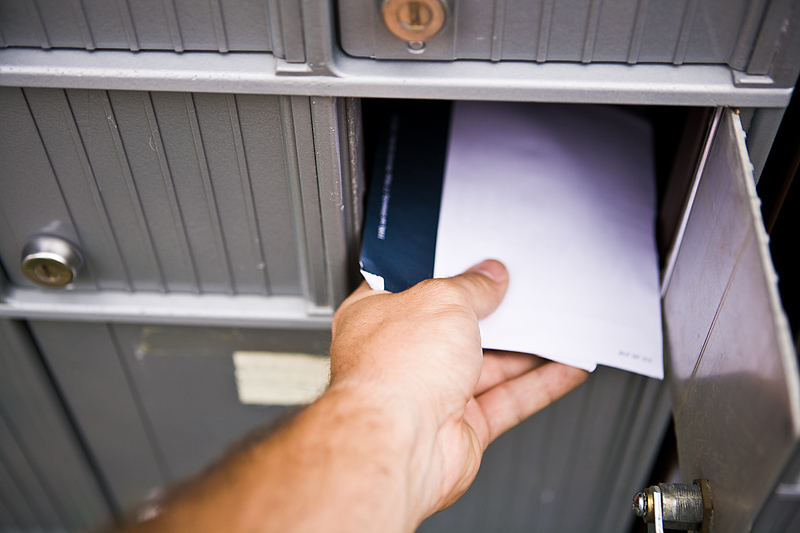The IRS Provides Online Tools for Recovery Rebates
Tools to help you get your stimulus check

The IRS has launched a new, free, and easy-to-use online tool that enables those who don’t normally file a tax return (non-filers), or have too little income to file, to register for Economic Impact Payments (aka recovery rebates or stimulus payments) so they can receive their payments faster.
The online site also allows those who have changed addresses since they last filed a tax return to provide the IRS with their current address.
Coming Soon: On the same online site, taxpayers will be able to check on the status of their rebate and whether it was issued by check or direct deposit using the “Get My Payment” tool. You will also be able to provide the IRS with your direct deposit information.
A Few Words of Caution: Scammers will doubtlessly come up with an IRS look-alike website in an attempt to steal taxpayers’ direct deposit info, which can also be used for direct withdrawals. When visiting the IRS’s website, always make sure you are on IRS.gov before entering any personal or financial information. And don’t fall for solicitations from scammers who want to charge you a fee to help you apply for the rebate payment; the IRS does not require any fees, and in most cases, an individual’s Economic Impact Payment will come automatically from the IRS.
Who Should Use the Non-filer Tool?
You should only use the tool if you did not file a tax return for 2018 or 2019 or didn’t receive Social Security retirement or disability benefits or Railroad Retirement benefits.
Those who should consider using the tool include:
- Lower-Income Individuals: This group is made up of individuals who were not required to file a tax return for 2018 or 2019 because their income was under the normal threshold for filing a tax return. This may include single filers with income under $12,200, married couples making less than $24,400, and those who filing as head of household who made less than $18,350 in 2019. These amounts are for individuals under age 65. The filing thresholds are higher for those age 65 and older. Add $1,650 for single and head-of-household individuals and, if married, $1,300 for each spouse who is 65 or older.
- Veterans benefits and Supplemental Security Income (SSI) recipients: The IRS continues to explore ways to see if Economic Impact Payments can automatically be made to SSI recipients and those who receive veterans disability compensation, pensions, or survivor benefits from the Department of Veterans Affairs and who did not file a tax return for the 2018 or 2019 tax years. People in these groups can either use the Non-filers: Enter Payment Info option on the IRS’s website now or wait as the IRS continues to review automatic payment options to simplify delivery for these groups.
- Social Security, Social Security Disability Insurance, and Railroad Retirement beneficiaries: These individuals, whether or not they filed a 2018 or 2019 return, will automatically receive their Economic Impact Payment through a direct deposit into the bank account into which their Social Security, Social Security Disability Insurance, and Railroad Retirement benefit payments are deposited. However, people in this group who have qualifying children under age 17 may use Non-filers: Enter Payment Info to claim the $500 payment per child.
- Students and others: If someone else claimed you on their tax return, you will not be eligible for the Economic Impact Payment and cannot use the Non-filer tool.
If you have any questions, please give this office a call.